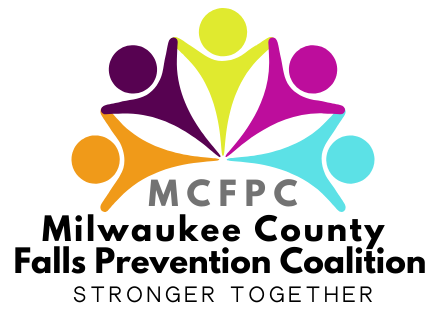TIP OF THE MONTH
Nutrition
Are you paying attention to what you eat?
Having a balanced diet with plenty of water and the right nutrients supports an active, healthy lifestyle which can help prevent falls. As we age, paying special attention to ensure we consume enough protein, calcium, iron, and water in our diets is very important. The good news is that summer is a great time to have access to fresh fruits and vegetables that are rich in these nutrients, including water.
Practical Tips
While Drinking
Maintain good fluid intake. If urine is colorless or light yellow, your fluid intake is adequate.
While Eating
Eat foods rich in iron such as broccoli, spinach, and red meat (in moderation.)
Consume protein at all meals to prevent muscle loss. Examples of protein options: Chicken, fish beans, nuts, yogurt, and eggs.
Increase calcium by eating foods such as milk, cheese, or yogurt. For non-dairy, calcium-rich foods, some options are oranges, almonds, green beans, tofu, and more!
Additional Resources
WIHA-Healthy-Aging-Assessment.pdf- Self Assessment
USDA My Plate – Older Adults- Nutrition tips for older adults
Healthy Eating & Meal Planning Tips for Older Adults- National Council on Aging
Using the nutrition facts label: for older adults -US Food and Drug Administration


